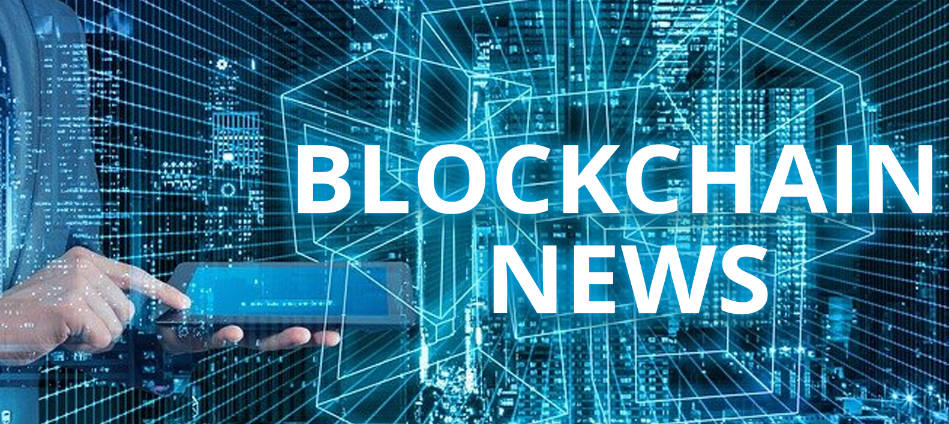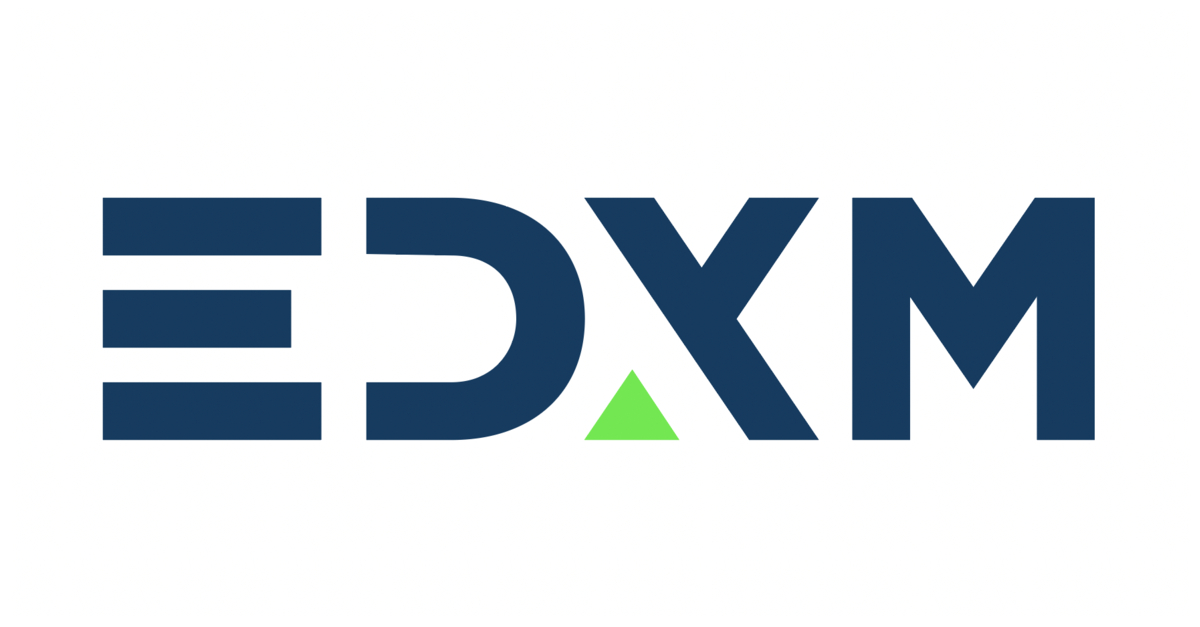Interpretation | Internet of Things + Blockchain Series: Where are the current limitations?
Relying on blockchain technology, IoT devices can have more autonomy to complete independent decisions, coordinate workloads and maintenance work, and freely trade assets and resources through localization decisions. We are finally able to usher in an autonomous network of self-evolving, which is only seen in science fiction.
This article is the third article in this series. The first article, "The Challenges of the Internet of Things," can be found at: https://www.8btc.com/article/497066; the second "blockchain enabling IoT devices" Please see: https://www.8btc.com/article/498820
With the advent of blockchain technology, even though we have moved a lot towards this futuristic vision, we are still far from achieving the desired goal. Here are some key limitations:
1. Lack of mainstream blockchain network developed specifically for IoT devices (Note: As of this writing time, no blockchain system is considered "mainstream");
- If the era of quantum computing comes, is our bitcoin safe?
- Xiao Lei: Blockchain is "nuclear energy", bitcoin is "atomic bomb", who is the opponent?
- Bitcoin cash is being questioned, unknown miners control over 50% of computing power for 24 hours
2. The device manufacturer has not embedded the encryption key into all hardware, nor has it established compatibility with the blockchain as a common standard;
3. Software encryption methods used to ensure privacy protection algorithms are extremely inefficient and impractical [1], while hardware solutions need to be based on complete trust in manufacturers and the entire manufacturing supply chain. Therefore, data piracy is difficult to prevent;
4. Artificial intelligence is not sophisticated enough to achieve such highly autonomous decision-making behavior in equipment;
5. In order to further eliminate the risk of trading on the chain, it is necessary to establish corresponding legal means, but only a limited number of countries and regions [2] recognize that the smart contract on the chain has the same legal binding force as the contract under the chain.
But even with these limitations, the blockchain still has the potential to provide a wide range of value-added applications that can address many of the technologies that the Internet of Things faces. First, let's take a deeper look at the current advances in blockchain technology and what we can do to improve the state of the art.
Blockchain network developed for IoT devices
Considering all the synergies between the blockchain and the Internet of Things, what are the characteristics of a blockchain network that can perfectly fit the requirements of the Internet of Things? Although many blockchain technologies are fundamental in nature and do not significantly focus on specific applications, at the public ledger level, there are many design and optimization options that reflect the application stack that the designer considered during development. .
The Characteristics of Internet of Things Equipment and Its Influence on Blockchain Network Design
When it comes to the Internet of Things, especially when comparing it to nodes running on existing blockchain networks, we need to be clear: all blockchain networks today rely on powerful, always-on-network servers to execute All record keeping and consensus tasks. What is clear at the moment is that most of the "Internet of Things" devices we think of, or smaller, sometimes mobile, connected devices, have limited and unique features that are not suitable for this.
The term "IoT" is basically used to refer to any device connected to the Internet, and we can make some conclusive statements about the characteristics of these devices:
- Large-scale: [3] According to some statistics, the number of IoT devices has exceeded the world population and will continue to grow at a faster rate;
- Limited computing power: [4] Even compared with the processing power of ordinary laptops, the computing power of IoT devices is often not on the order of magnitude;
- Limited storage space: The original intention of most IoT devices is not to store information locally, but to simply relay information (for example, upload to the cloud), so its storage space is very limited;
- Limited bandwidth and network connectivity: Many IoT devices operate in a wild environment without reliable network connectivity, and networking is costly (for example, satellite networks deep in the woods);
- Energy consumption limits: Many IoT devices use batteries or operate through energy harvesting mechanisms, which severely limits their energy consumption.
So what are the key metrics that need to be met to design a blockchain network that is best suited for IoT devices?
1. The network needs to be scalable: Considering that there may be billions of devices connected to any particular blockchain network, the network must be able to expand its ability to process transactions and requests.
2. The network needs to support the discovery and trading of common assets: IoT devices have many tradable digital assets and resources (such as data), not just currency. Therefore, there is a need to find ways to find these assets.
3. The network needs to support selective storage: considering all the limitations of IoT devices, they will only be able to participate in a small subset of the network, and the content stored and processed by each device must be carefully selected.
4. The network cannot rely solely on "work" to maintain security: network security cannot be based solely on solving complex password problems, which makes it difficult for IoT devices to perform blockchain transactions.
5, the network needs to support the trusted light node: the current IoT device is not enough to support the operation of the whole node, but still need to maintain its independence on the blockchain network, so the "light" running on the IoT device A node can't be too naive (that is, blindly trust another full node), and there should be some way to verify network state and state transitions.
6. The network needs to support peer-to-peer transactions: Many transactions between IoT devices are highly localized, that is, devices are adjacent to each other, and it is impossible to wait for the delay caused by the entire network verification every time.
In summary, even if the current blockchain and the Internet of Things have many limitations, based on the above-mentioned key indicators, we can design the blockchain network that is most suitable for IoT devices, from better empowerment. Networking ecology.
We will continue to update Blocking; if you have any questions or suggestions, please contact us!
Was this article helpful?
93 out of 132 found this helpful
Related articles
- Speed Reading | Twitter founder Zuckerberg teach how to properly enter the money circle; the fat of the agreement: Reflections from a cost value
- The blockchain has completely detonated the Chinese stock market and the currency market. How long can the magic continue?
- People's Network: Blockchain will usher in five major advantages, such as industry upgrades and industrial chain reshaping.
- Analysis: How does the blockchain and economic and social integration develop?
- Unknown computing power exceeds 60%, BCH is facing 51% attack threat
- Fed report: digital currency, stable currency and growing payment patterns
- Bitcoin is expected to hit 10,000 dollars again, and the market is ready to move.






